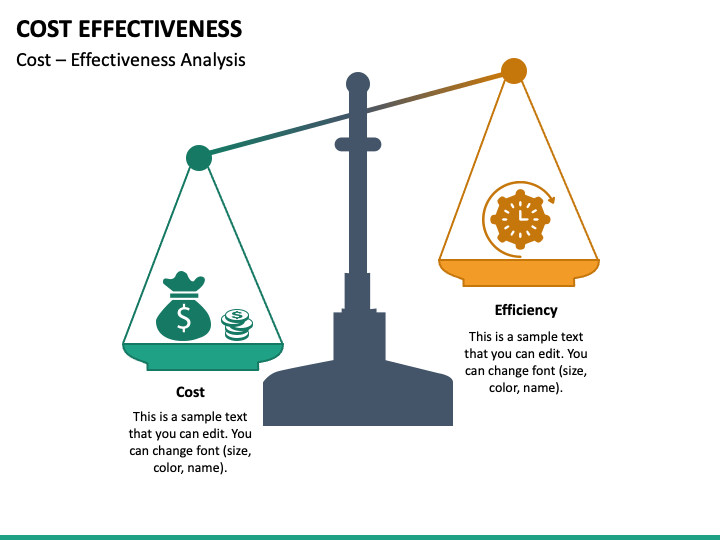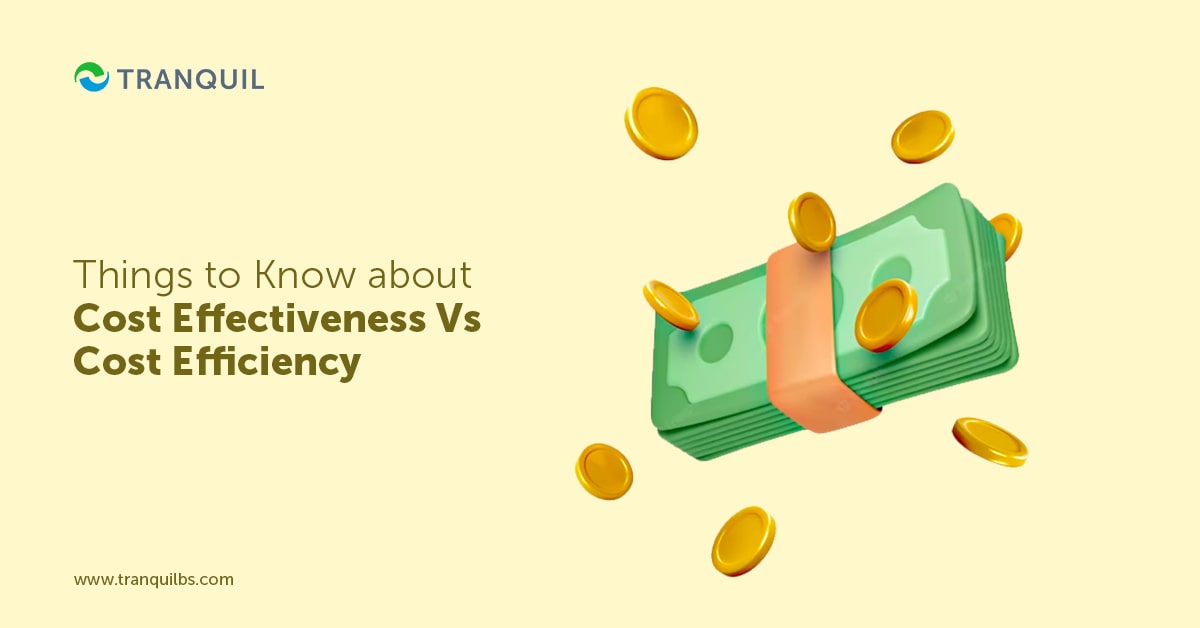Exhibitions
that had been postponed or canceled due to the spread of the new coronavirus infection have resumed once the spread of infection has subsided, and the number of visitors is gradually returning, although not at pre-coronavirus levels.
Exhibitions are
channels
where you can get a large number of leads at once just by exhibiting. It is said that only 5-10% of these potential customers convert into business negotiations right away, and the rest of the leads do not convert into business negotiations.
This time, we will introduce
the nurturing
that should be done for leads that do not lead to business negotiations in order to maximize the cost effectiveness of exhibitions.
Visitors’ main purpose for participating in the exhibition is to gather information.
According to the results of the “Survey on Exhibitions in the Manufacturing Industry” released in July 2020, the top reason for participating in trade shows was “market trend research and regular information gathering” at 95.6%, with most respondents I’m here to collect top off items.
The runner-up was “Listen to detailed explanations directly from exhibiting companies” at 87.9%, but “Specific business negotiations with exhibiting companies” was 41.7%, meaning less than half of the visitors were considering implementing the system. It has become.
As you can see from these results, most visitors attend exhibitions for the purpose of gathering information. Even if 40% of visitors attend for business negotiations, they will not be able to visit some company booths, so the number of visitors to your company’s exhibition booth and the number of potential customers who will conduct business negotiations will be even lower.
Most leads are acquired through nurturing, so post-exhibition follow-up is important in order to maximize the cost-effectiveness of an exhibition.
First exhibition exhibition – after-sales follow-up

Email sending and follow-up after the exhibition

After the exhibition ends, leads are distributed to field sales, inside sales, and marketing based on predetermined segments, and follow-ups are carried out in each department.
After the trade show, send a thank you email to any leads you’ve acquired, but a good time to do so is on a business day, the next day, or the day after. If it’s the first day of an exhibition, emails will be sent during the exhibition period, so it’s a good idea to prepare by setting up email sending in advance.
We also send emails with content that is appropriate for each segment. Decide how you will follow other than email at the same time as the segment.

[Field Sales]
Leads assigned to field sales are those who have a strong interest in products and services, such as requests for business negotiations, and are highly likely to receive orders. The staff who exchanged business cards and interacted with each company will send an email to each company with details of the business meeting date (or proposed date) that has already been decided and the content of the conversation at the booth.
After sending the email, we immediately make a follow-up phone call to confirm the date of the business meeting and ensure that we move on to the next step.

[Inside Sales]

Leads assigned to inside sales are those who have an interest in the product or service, such as requesting materials, but are not highly likely to receive an order. Similar to field sales, business cards are exchanged, and the staff we deal with sends emails to each company with product/service materials and details of the conversations we had at the booth.
After sending the email, we will make a follow-up call within one week. We check to see if they have seen the service materials, introduce our products and services, and conduct interviews to assess the situation and make proposals for business negotiations.
If we are able to obtain a business deal, we will connect it to field sales, and if the business deal is declined, we will incorporate it into marketing nurturing and create continuous points of contact.

【marketing】
Leads assigned to marketing have no interest in the product or service and are unlikely to receive an order. The next day, we will send an email to all the targeted leads all at once, with information on follow-up seminars and white papers for exhibitions.
For leads we nurture through marketing, we always invite them to follow-up seminars to create opportunities for them to communicate with visitors once again. If necessary, you may call inside sales and follow up.

Tips to make it easier to connect after the exhibition
When I spoke at the booth, the visitors responded well, and when I checked the “field sales” follow-up on the interview sheet and emailed them with suggested dates for business negotiations after the exhibition, they responded, “Yes, that’s fine.” You may be rejected.
This gap between the exhibition and the post-exhibition period may be due to the following reasons.
- The response was good, but after the exhibition I couldn’t remember what products/services we were talking about.
- The ones who responded well were just people who had a personal interest in it and had nothing to do with their actual work.
- I thought the reaction was good, but I said “That’s good” because I wanted to leave quickly.
To avoid this kind of confusion, there are 〇 points to make it easier to connect with others after the exhibition.

①Easy to remember with booths and novelty items
During an exhibition, visitors visit many booths, so it is impossible for them to remember all the products and services that were in which booth. To make the event more memorable, we will take measures such as standardizing the colors of booths and costumes, and distributing unique novelty items.

② Determine if you are the target by inviting questions
When approaching visitors passing in front of your booth, ask questions to confirm whether they are the target of your product or service. Determine if it is the target. If you are a target, guide them into the booth, and if you are not a target, try to keep the conversation to the bare minimum.
You must have a short conversation of 10 to 30 seconds in front of the booth. Make sure to ask two or three questions so that you can determine whether or not you are the target person.

③ Leave room for proposals without concluding with the exhibition.
There are cases where you introduce products and services and make all of the proposals to visitors at your booth, and the visitors decide that it is not necessary even before you have a business meeting. Apart from this, exhibitors need to communicate with as many visitors as possible and win business negotiations.
For BtoB products and services, communication at exhibitions alone rarely leads to orders. You don’t have to say everything at the exhibition; just focus on what’s necessary to win business negotiations, and leave room for suggestions during business negotiations.
By doing so, you can shorten the explanation of your products and services and free up time to respond to other visitors in order to win as many business deals as possible.

summary
- Since most leads are obtained through nurturing, post-exhibition follow-up is important in order to maximize the cost-effectiveness of the exhibition.
- After the exhibition, send a thank you email to any leads you have acquired, but a good time to do this is on a business day, the next day or the day after.
- For leads who are nurtured through marketing, be sure to invite them to follow-up seminars and create opportunities to communicate with visitors again.
- For BtoB products and services, there are very few cases in which orders are won through communication alone at exhibitions, so there is no need to talk about everything at exhibitions; just focus on what is necessary to win business negotiations, and make suggestions for business negotiations. leave room

